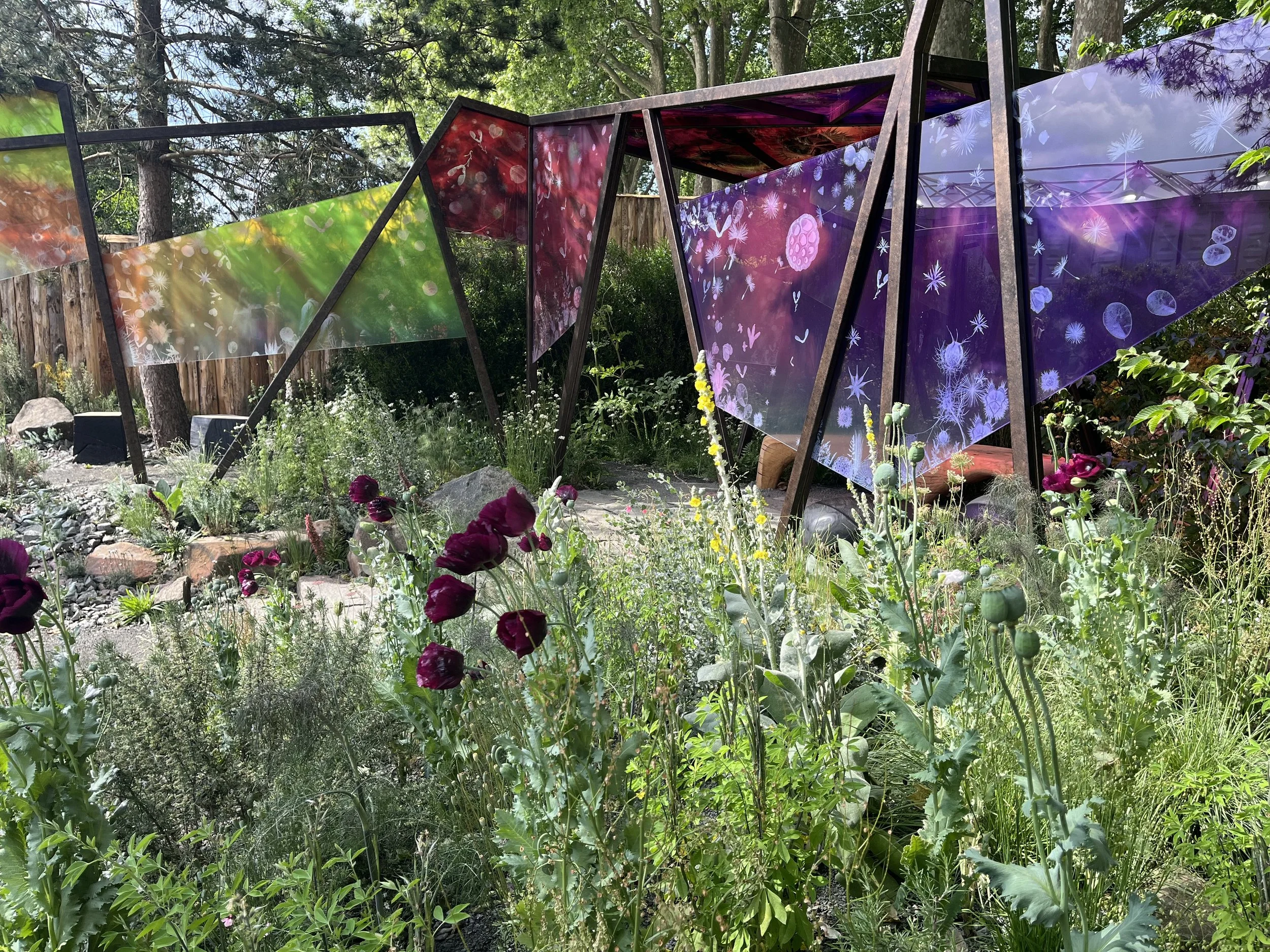We talk about living buildings but what if a building could really be “alive”?
I attended a fascinating presentation of research at the Royal Institution, Professor Martyn Dade-Robertson revealed a future where buildings aren't just constructed—they're grown. Imagine foundations that heal themselves, walls that breathe, and roofs that respond to sunlight, all created by microscopic organisms working in harmony.
Robertson's research shows how bacteria can literally strengthen the ground beneath our feet. By introducing specially engineered microbes into soil, these tiny organisms can produce calcium carbonate crystals that bind soil particles together, creating foundations more resilient than traditional concrete methods.
Mycelium, the root network of mushrooms, is continually being celebrated as a revolutionary material for insulation, packaging, alternatives to plastics, but now, in experiments with NASA, Robertson's team have demonstrated how this fungal network could potentially create structures on Mars, growing insulation and structural components in resource-limited environments. A full-scale mycelium structure built in New York completely biodegraded within just four months of being dismantled.
The most fascinating aspect is the materials' ability to self-heal. Mycelium can "biologically weld" itself, fusing broken components back together. Bacterial cellulose can create surfaces that respond to light, changing colour like living skin—imagine walls that tan in sunlight or tiles that darken to provide shade.
These aren't just theoretical concepts. Robertson's team has already explored the waterproof nature of mushrooms. Hydrophobins are proteins which play a crucial role in mycelium's hydrophobicity (waterproofness!). They self-assemble at air-water interfaces, creating a hydrophobic layer on the surface of the mycelium. So the scientists have researched this hydrophobic behaviour and have tested coatings derived from bacterial proteins that can protect materials and make them fire-resistant. One experiment showed a piece of balsa wood treated with their protein coating survived a fire that would have quickly consumed an untreated piece.
READ ON…



















